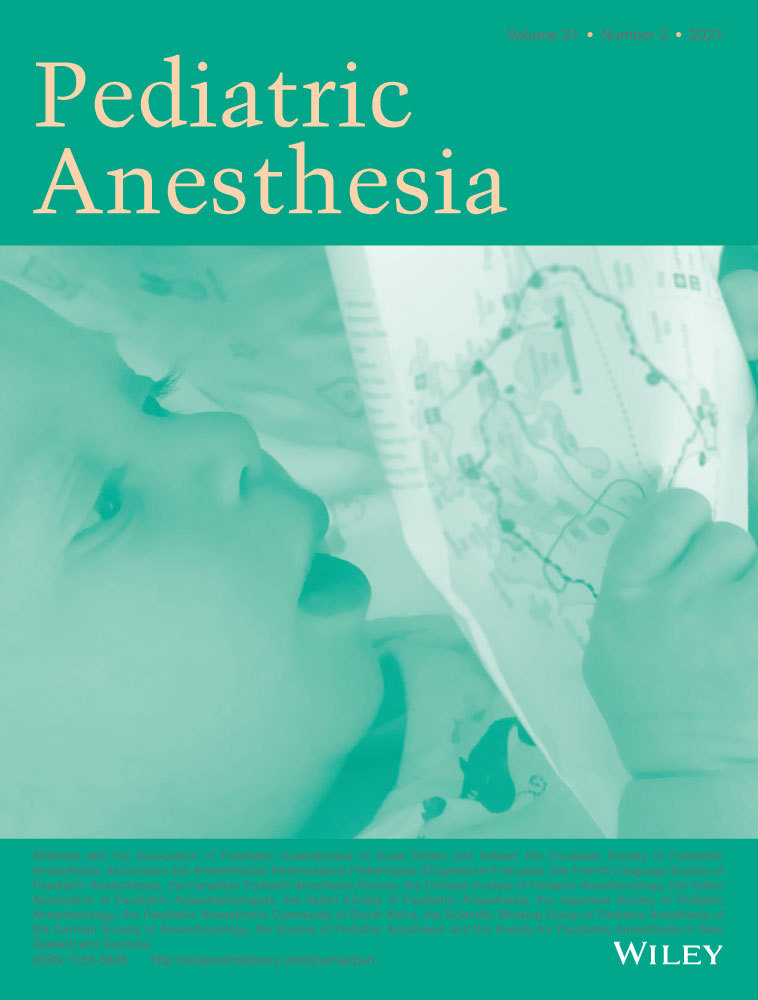Audit of blood product utilization in the care of injured children
Abstract
Background
Blood product utilization in injured children is poorly characterized; the decision to prepare products or transfuse patients can be difficult due to a lack of reliable evidence of transfusion needs across pediatric age-groups and injury types. We conducted an audit of transfusion practices in pediatric trauma based on age, injuries, and mechanism of injury.
Methods
We reviewed and cross-referenced blood product transfusion practice data from the trauma registry and the anesthesia transfusion record database at a level 1 pediatric trauma center over a 10-year period. Demographic data, injury severity scores, and survival statistics were obtained from the trauma registry. Transfusion rates are reported separately for hospital admission and for intraoperative transfusions for procedures performed during the first two hospital days. Descriptive statistical analysis was used to compare specific groups based on age, injury type, and mechanism of injury.
Results
We report 14 569 trauma admissions of 14 606 patients. The transfusion rate during the admission was 1.56% (227/14 569). 4591 (30.9%) admissions had surgical interventions in first two days of hospitalization with an intraoperative transfusion rate of 2.98%. Patients younger than one year had the highest transfusion rate during admission (2.8%), and the highest transfusion rate during surgical procedures performed in the first two days of the admission (18.87%). Admissions due to vascular injuries had the highest transfusion rates in infancy followed by hollow visceral injuries in adolescents (71.4% and 25%, respectively). Vascular injuries in most age-groups also had high transfusion rates ranging from 11% in 5- to 9-year age-group to 71% in infants. Mechanisms with the highest transfusion rates were firearm wounds in patients older than one year and vehicular accidents for patients younger than one year.
Conclusions
The overall blood product needs in the pediatric trauma population are low (1.56%). Selected populations requiring higher rates of need include infants younger than one year, and children with thoracic and vascular injuries. Understanding transfusion patterns is important to optimize resource allocation.
CONFLICTS OF INTEREST
The authors declare no conflicts of interest.




